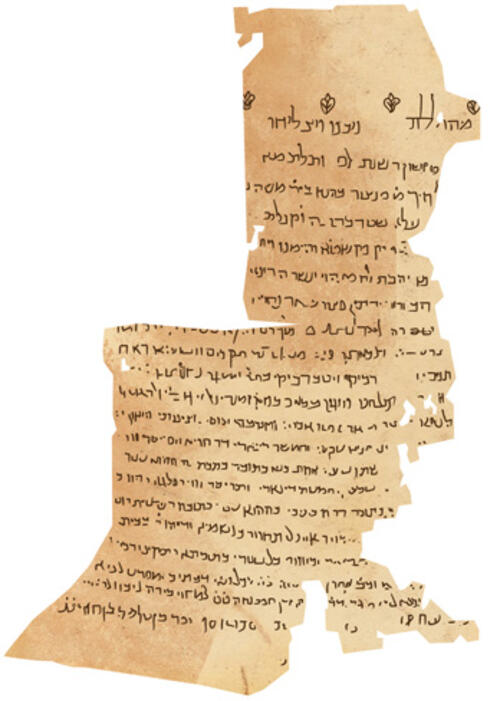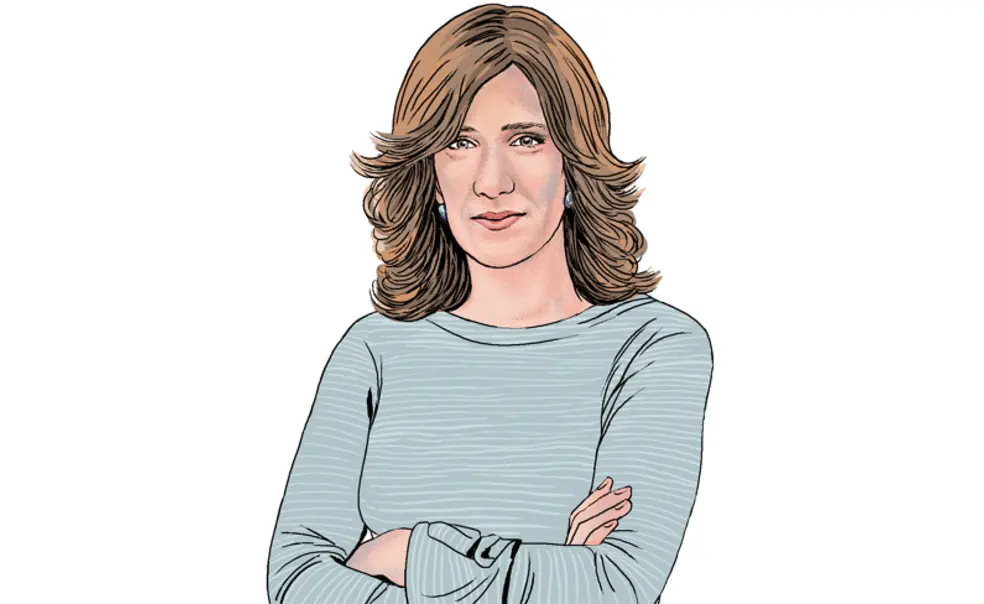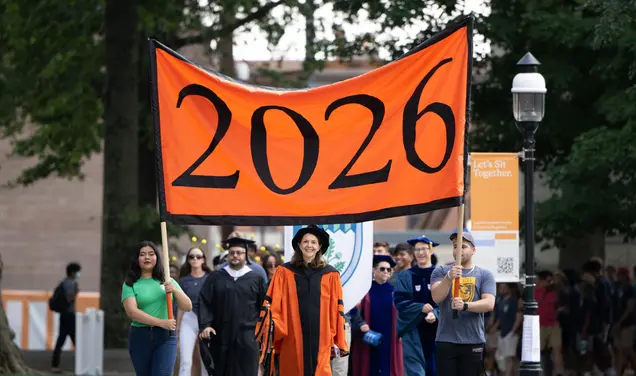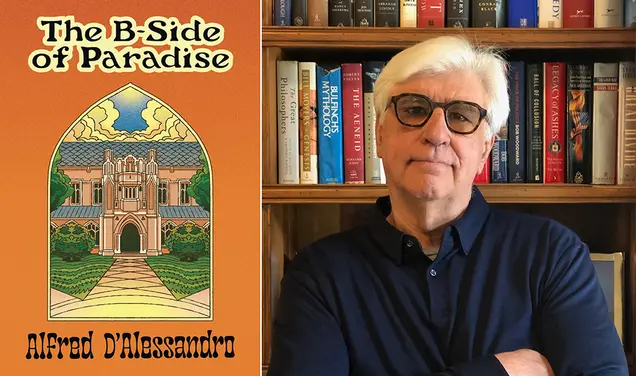Eve Krakowski Mines Ancient Documents to Understand Medieval Jewish Society
Eve Krakowski was a graduate student at the University of Chicago when she learned about the Cairo Geniza, a collection of 400,000 Jewish documents from the 10th to 13th centuries. This treasure trove was discovered in the storeroom of the Ben Ezra Synagogue in Fustat or Old Cairo in Egypt in the 19th century. It includes religious texts and legal papers, as well as letters and even grocery lists. What no doubt began with a practice of storing sacred documents at the synagogue because of a rabbinic prohibition against destroying texts with God’s name apparently morphed into storing writings of all kinds, Krakowski says.
Krakowski was drawn to the documents’ potential to illuminate Jewish history and the everyday lives of people. “I just absolutely fell in love with it,” she says.
Krakowski grew up as a secular Jew in Chicago. She learned Hebrew after becoming an Orthodox Jew as an undergraduate at the University of Chicago. She later learned Arabic to decipher the Geniza’s Judeo-Arabic language. “What I love about this kind of work is you can see both things that seem so familiar and natural and then other things that are so different that it really unsettles your expectations of what you take for granted about the world,” Krakowski says.
Quick Facts
Title
Associate Professor of Near Eastern Studies and the Program in Judaic Studies
Time at Princeton
10 years
Upcoming Class
Marriage and Monotheism
Krakowski’s Research: A Sampling
The Role of Women

Kakowski explored the role of women in medieval society in her book Coming of Age in Medieval Egypt: Female Adolescence, Jewish Law, and Ordinary Culture. She was surprised at the high divorce rate among medieval Jewish couples in Cairo. That meant women depended on fathers, uncles, or adult sons for their social and economic standing. Male relatives could advocate for women in court to allow them to retain their dowries and receive or inherit property and financial support if their husbands died or divorced them.
Tracing the History of Jewish Law
Krakowski’s research took a “deep dive into antiquity” to uncover the history of Jewish legal documents from the 10th to 12th centuries. By the 10th century, when the Geniza documents begin, a standard way of writing legal documents was widely used from Iran to North Africa and later Western Europe. The documents didn’t originate in the Torah or the Talmud, the primary source of Jewish law, so she wondered where they came from and how they spread so quickly. To find the answer, which she is focusing on for her second book, Krakowski learned about the legal systems of various cultures of antiquity. She found the legal documents stem from ancient Aramaic documents and “crystallized” as Jewish law in the ninth century.
Exploring a Society’s Reaction to Death
Krakowski looks at “everyday human life” in medieval Cairo in her current research on the social history of death during this period, which will be the subject of her third book. The Geniza contains hundreds of letters from people who lost a loved one. Krakowski says she was struck by how “intensely powerful” these letters were and how they followed a “culturally specific script.” Grieving people expressed “resignation to God’s will,” a strong theme in Islamic thought about death. At the same time, they poured out their grief. “What’s really fascinating,” Krakowski says, “is that they toggle back and forth between complete resignation to God’s will and an absolute unbearable grief that will never end.”












No responses yet